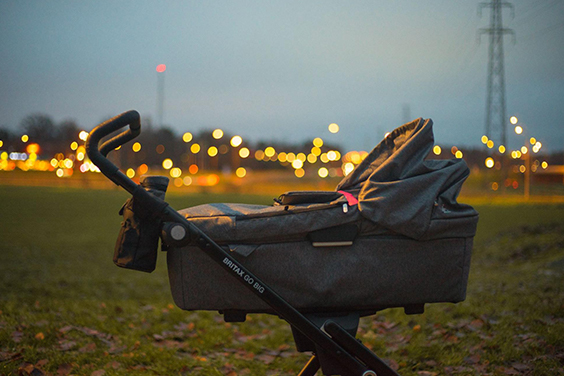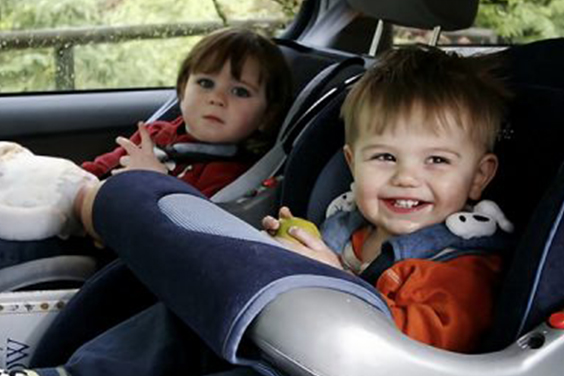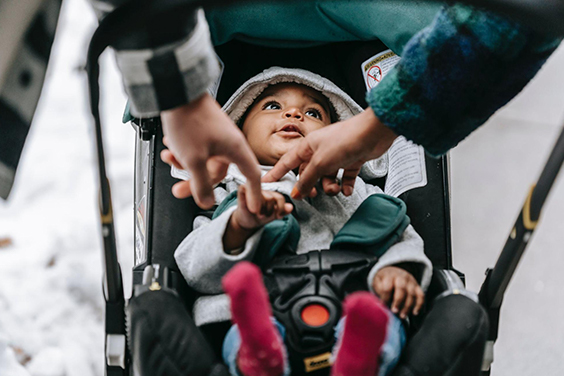Colors are capable of inspiring, exciting and soothing emotions, healing the body and mind and even inciting the environment. Likewise, babies have no exception from the effects. From paying attention to children’s physical and mental health to buying products for their growth and development, selection of the right color is crucial.
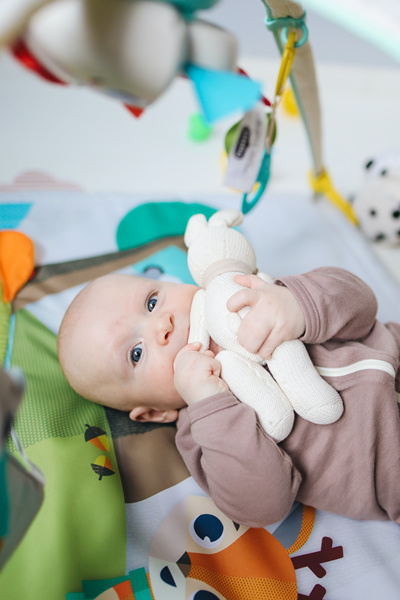
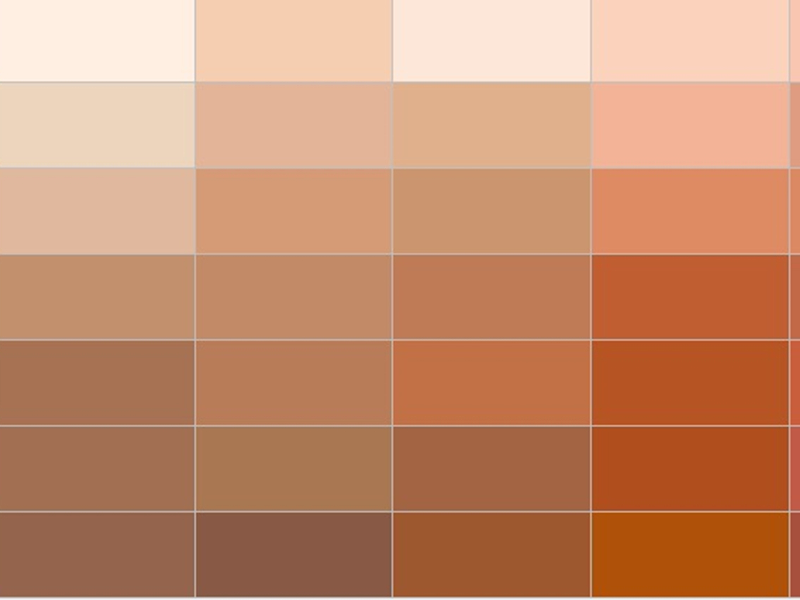
Red
Red helps to promote blood circulation in the body and releases positive energy which is full of vitality in the body and mind. However, some experts warned that the use of red in a large area can easily create people’s aggressive mentality, making it difficult to concentrate. No doubt, red is a good space accent color.
Orange
It seems that it is as popular as red and yellow. However, practically, orange is a color that is often overlooked. In other words, when it comes to selecting painting colors for the room, orange is one of the most misunderstood colors. However, this warm, friendly, and youthful color is actually quite suitable for children’s nature. It can encourage them to be confident, outgoing, and independent. From the perspective of social personality, orange can make children more unrestrained in the process of communication, and promote their communication and cooperation skills.
Yellow
Most people associate yellow with happiness. Research results also associate this bright and lively color with motivation. Soft yellow can help people concentrate; brighter yellow can strengthen people’s memory. But beware: if you use an extremely bright yellow, then you might get emotional and even irritable.
Green
Green is nature’s number one color, and it is also the common color to be seen by the naked eye. Green has a calm and soothing effect not only on adults but also on children’s vision and psychology. Scientists have also discovered that green can improve children’s reading speed and comprehension. Because green can play a role in alleviating anxiety, people use it more and more frequently nowadays.
Blue
Regardless of men and women, blue is the most popular color among mankind. Contrary to the psychological effects of red on people, blue can lower blood pressure and heartbeat frequency, inhibit anxiety and control offensiveness. If the child often has unprovoked anger and other behavioral problems, it is recommended to paint the room in blue. Maybe, this is what the child needs and likes.
Purple
People usually associate deep purple with royal nobility, and associate lavender with romance, delicate and elegant. Purple is a good color for a monochromatic color scheme, and lavender (lilac) is the most popular pastel color. Psychologically, purple helps to improve sleep. When used in children’s room, it has a positive effect on stimulating their sensibility and compassion. One thing to note: if the child is particularly sensitive and fragile, do not use purple on a large area. It can be used as an embellishment color.
Pink
Although pink is almost universally understood as the color for girls, the calmness of pink can actually be understood as: it is suitable for girls and boys. Of course, children might change their preference after some time and would no longer like to use pink on a large area.
River baby advises that colors with high brightness and purity can scare babies and make them emotional and frightened. For example, pure red, yellow and orange can make babies cry and unable to sleep. The application of exaggerated patterns and high-contrast colors in a large area may also cause excessive stimulation to the baby’s inner feelings. Soft pink or cream, pink peach or pink are suitable colors for babies. The warmth and calmness of these colors can make babies feel comfortable and safe at the same time. Light blue and light pink are traditionally used in baby rooms. Cream yellow, peach apricot and mint green are ideal choices as they are suitable for both boys and girls.
